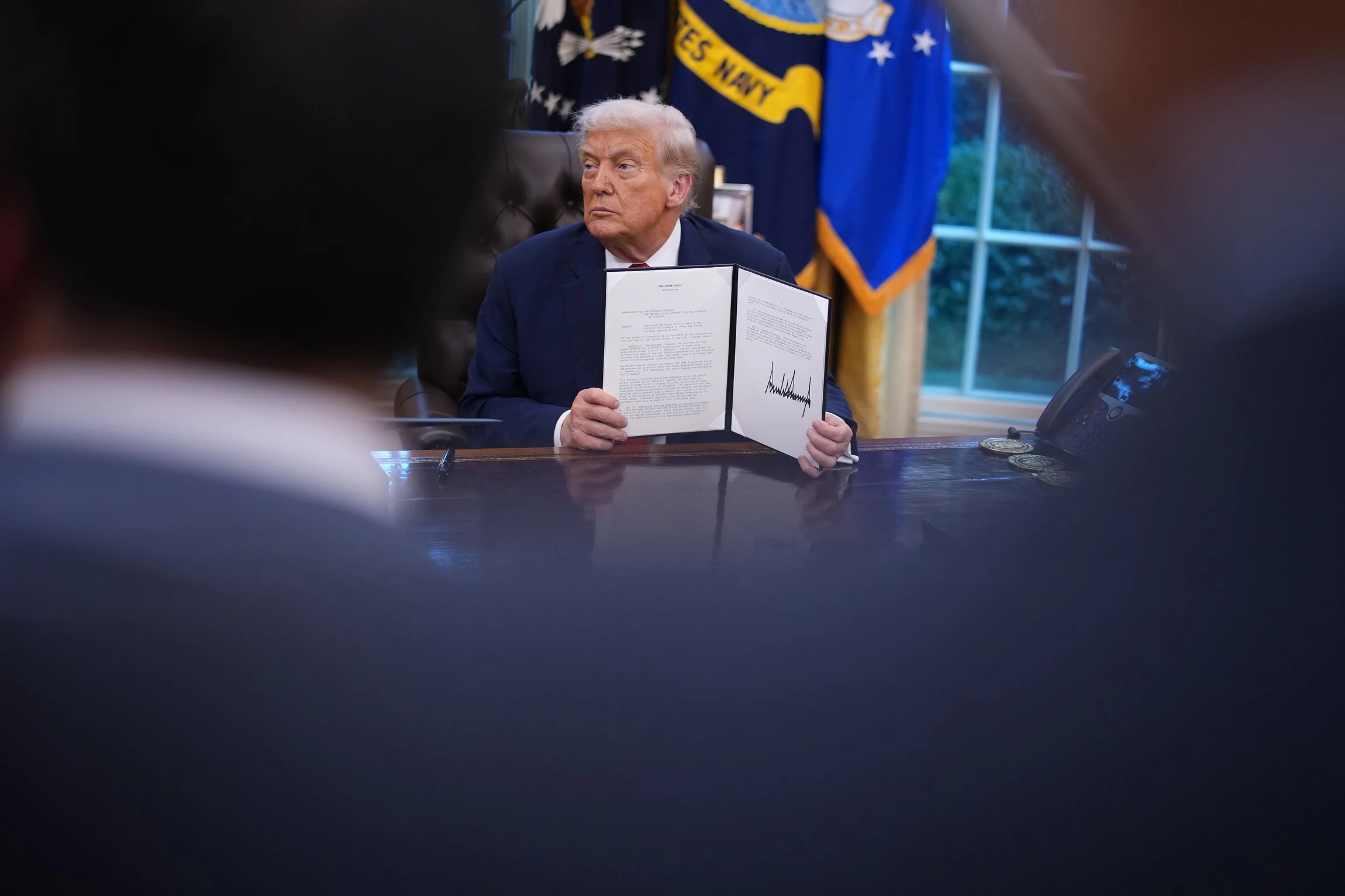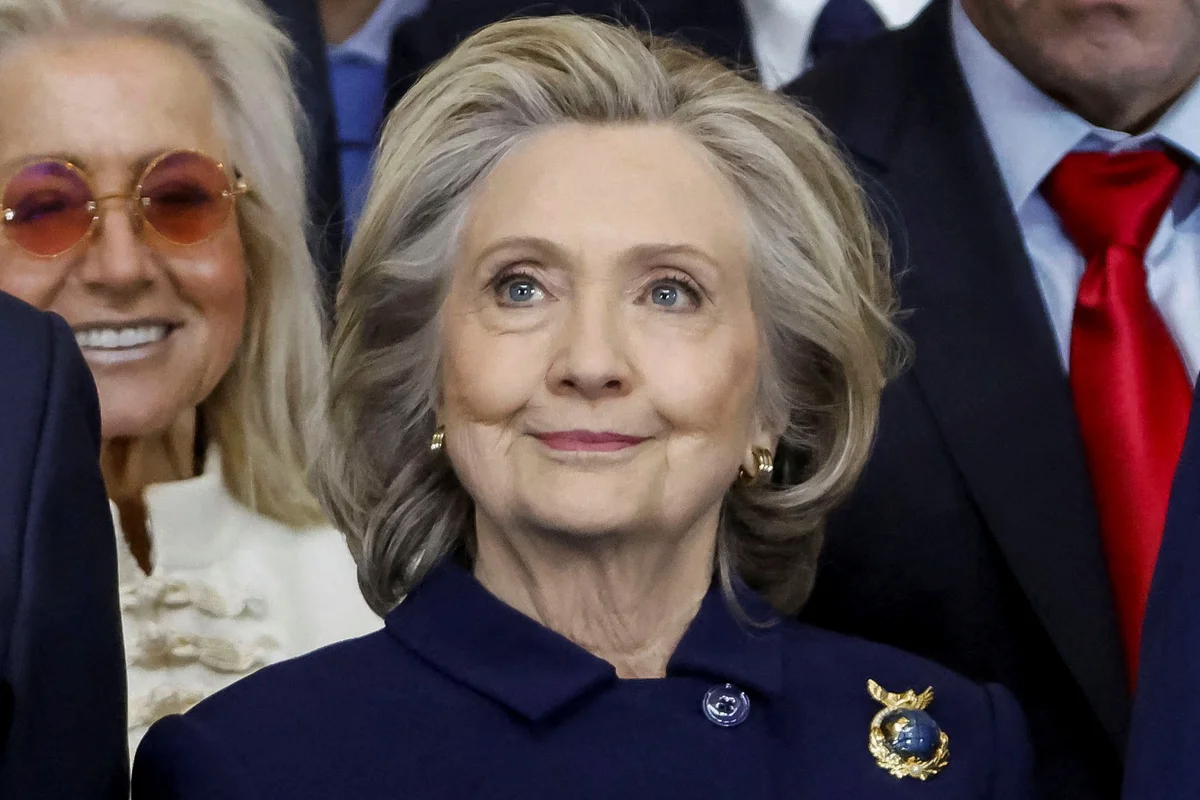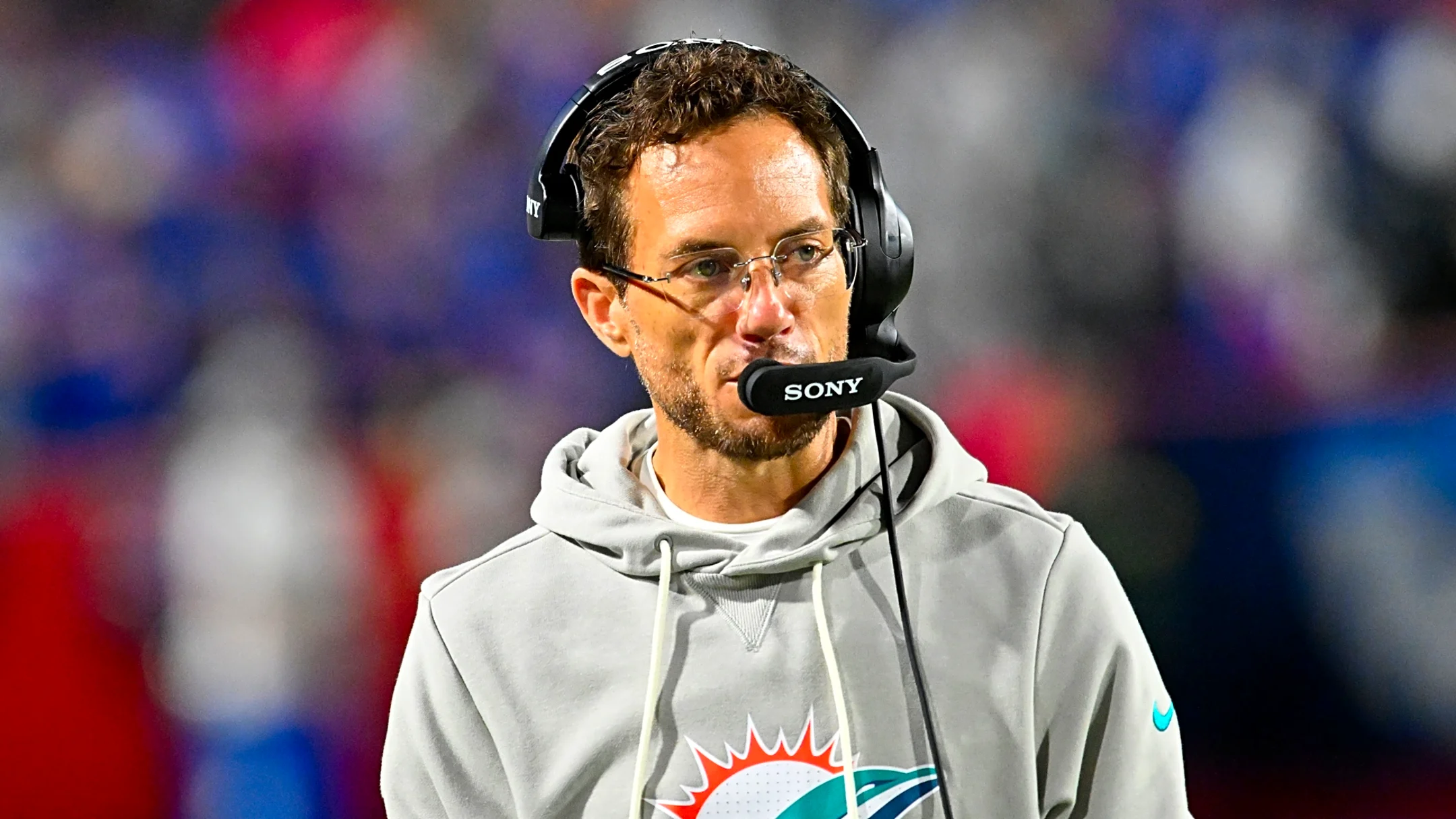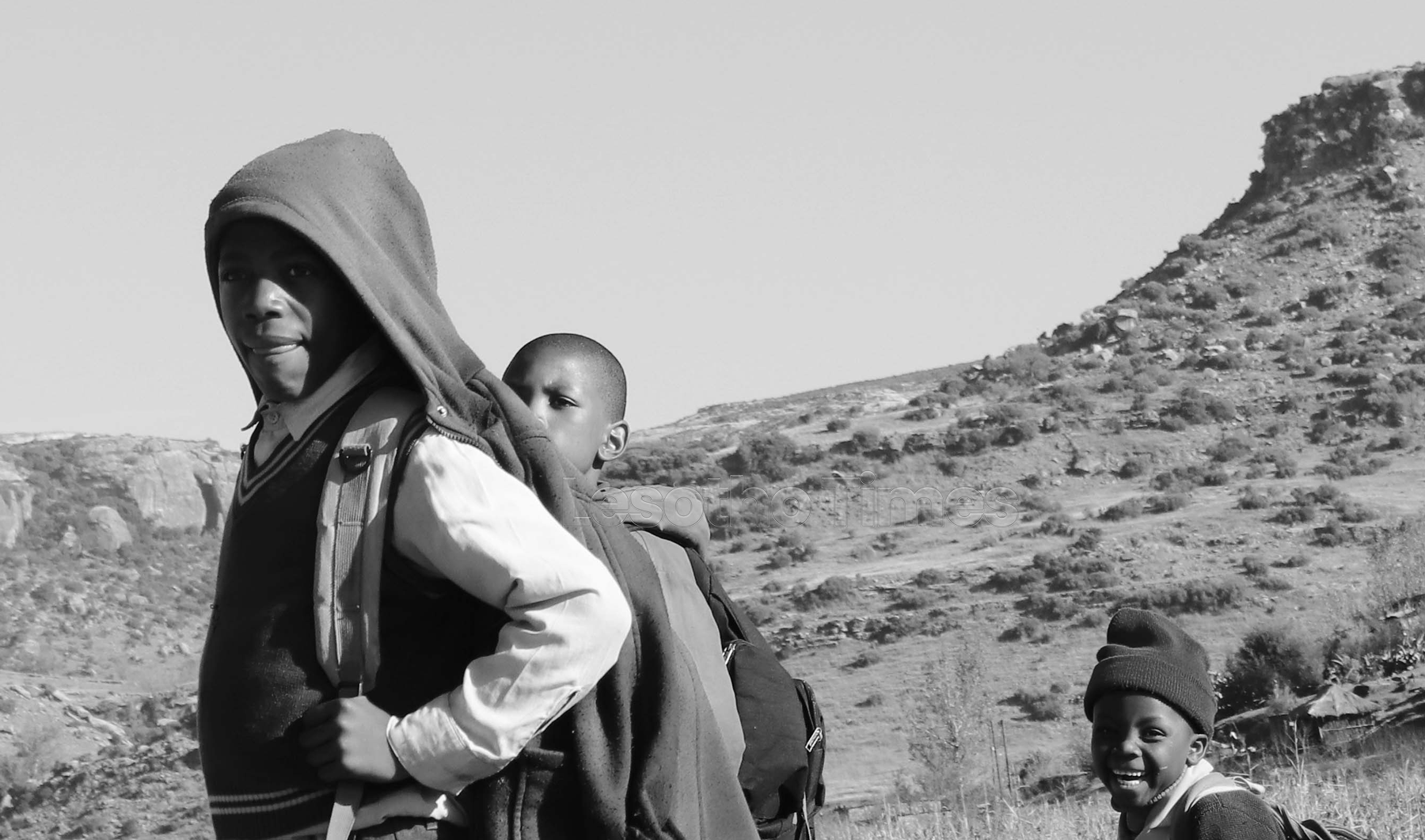Copyright truthout

On Thursday, President Donald Trump signed a memorandum expounding on his calls to crackdown on “antifa” and other left-leaning groups. The memo, titled “Countering Domestic Terrorism and Organized Political Violence,” aims to address how the administration will identify and target so-called “domestic terrorism.” The document fails to mention that the vast majority of political violence in the U.S. is performed by right-wing actors. Instead, it focuses on incidents that it baselessly claims were committed by the left, including the killing of right-wing pundit Charlie Kirk and a recent shooting at an Immigration and Customs Enforcement (ICE) jail in Texas. The document itself doesn’t explicitly mention targeting leftists or left-leaning groups. However, it makes frequent references to “anti-fascists” and includes zero mention of right-leaning ideologies. Part one of the memo attempts to explain, though very ambiguously, what it means to be “anti-fascist.” In defining what constitutes supposedly “antifa” beliefs, the memos lists “anti-American,” “anti-capitalist,” and “anti-Christian” views. However, it doesn’t specify whether it will target groups based on actual incidents of violence or simply for professing a certain ideology. It also describes “anti-fascists” as being “extreme” on issues of “migration, race and gender,” but doesn’t provide a definition of “extreme.” It further states that people who are generally hostile “towards those who hold traditional American views on family, religion, and morality” may be considered “antifa.” Earlier this week, the president issued an executive order designating “antifa” as part of a broader domestic terrorist network, despite having no legal basis to do so. The second part of the memo issues directives to the Department of Justice (DOJ), the FBI, and other federal agencies regarding how they should deal with groups or individuals supporting so-called “terrorists.” Some disturbing aspects of the memorandum are not new — including Trump’s directive for “the National Joint Terrorism Task Force and its local offices…[to] coordinate and supervise a comprehensive national strategy to investigate, prosecute, and disrupt entities and individuals engaged in acts of political violence and intimidation,” a power the government has long held. The memo also orders the Internal Revenue Service (IRS) to “take action to ensure that no tax-exempt entities are directly or indirectly financing political violence or domestic terrorism,” and to refer “such organizations, and the employees and officers of such organizations, to the Department of Justice for investigation and possible prosecution” — echoing orders that have been issued in the past. But the memorandum also gives the president new powers to name groups as “domestic terrorist organizations,” upon the recommendation of the attorney general. And while U.S. code does provide a definition of what a “domestic terrorist” may be, the president does not explicitly have the authority to designate people or groups as fitting that label. Legal observers have sounded the alarm regarding the memo’s implications for free speech. “The most alarming aspect of all of these provisions is how they build on one another — potentially branching outward to anyone associated with people who later commit political violence or even actions that the Trump administration decides constitute ‘intimidation designed to suppress lawful political activity or obstruct the rule of law.’ That, on its face, is alarming,” wrote Chris Geidner, founder of the legal news website Law Dork. If the document itself wasn’t clear enough on whom the administration will be targeting, Trump eliminated any doubts in comments to reporters on Tuesday, explicitly stating that he was after “radical left people,” including wealthy supporters of Democratic causes, such as billionaire George Soros. Critics have said that the memorandum will likely face legal scrutiny. “You can’t, by executive order, create new crimes,” Daniel Richman, professor at Columbia Law School and former federal prosecutor, told The Guardian. “This does not create new crimes. This says you will use the Terrorism Task Force to go after things they would usually go after. The concern is that this administration has made clear it is only interested in pursuing politically oriented terrorism that disagrees with its political agenda.” Jason Charter, an activist who was criminally charged during the first Trump term for his connections to the tearing down of a statue, expressed doubts that the memo would be carried out without bias against left-leaning individuals and groups. “I fear how far they are going to take this. It’s trying to slap terrorism charges on people doing protected activities under the Bill of Rights,” Charter said. Hina Shamsi, director of the American Civil Liberty Union’s (ACLU) National Security Project, vowed that the legal organization would challenge the memorandum if the administration tried to carry it out. “After one of the most harrowing weeks for our First Amendment rights, the President is invoking political violence, which we all condemn, as an excuse to target non-profits and activists with the false and stigmatizing label of ‘domestic terrorism.’ This is a shameful and dangerous move,” Shamsi said in a statement, adding that Trump “cannot rewrite the Constitution by memo.” Truthout’s Editor-in-Chief Negin Owliaei, joined by Truthout’s former Editor-in-Chief Maya Schenwar, warned in an op-ed earlier this month that the administration was gearing up to escalate its attacks on free speech. “The administration is indeed preparing to identify how to take out the entire progressive civil society ecosystem,” Owliaei and Schenwar wrote. The two noted that some past attempts to criminalize left-leaning speech and expression have failed, writing that “pushback can help stem the fascistic tide.” “The right is loud. Its actors have a terrifying amount of power and the machinery of the state at their disposal. Nothing about their playbook, though, is inevitable,” they wrote. “And we in the media have a specific responsibility in acting as a bulwark.” Owliaei and Schenwar added: Those of us in the media must call out these power plays for what they are. We must continue to highlight threats of censorship wherever they spring up — from the administration, from corporations, and from college administrators. By persistently investigating and exposing these threats, we can provide the media equivalent of pushback in the streets, and let the administration and its allies know that their attempts at repression won’t come easy.



